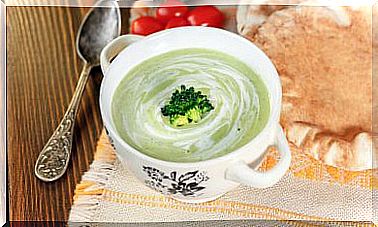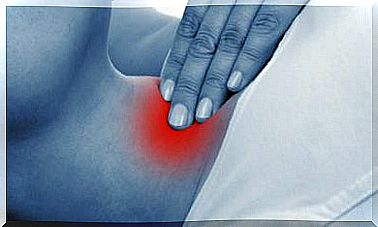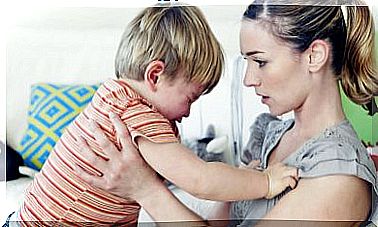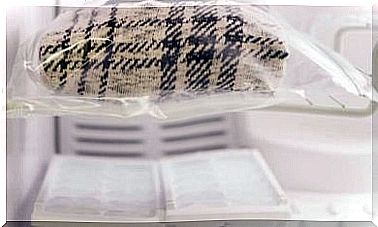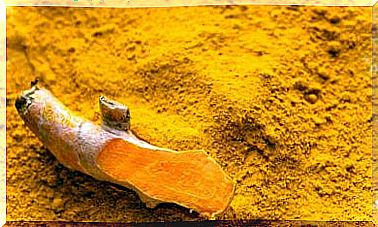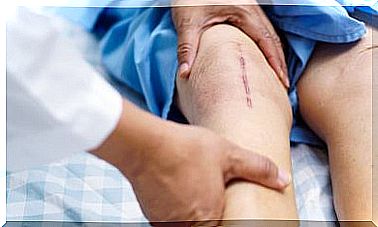Joint Pain Could Be Related To Bacteria In The Gut
Is it possible that intestinal bacteria influence joint pain? Research has shown that these microbes could affect the immune system and cause problems in other parts of the body.
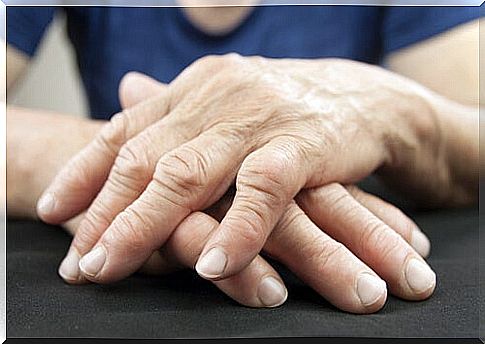
Rheumatoid arthritis, according to this study published by the Arthritis Foundation , is literally inflammation of the joints ( arthr = joint, itis = inflammation ).
In addition to this, we could add that it is a disease that occurs when there is cartilage degradation, sometimes caused by bacteria, which causes inflammation and stiffness of one or more joints.
Although research has been able to determine some risk factors that can trigger this, experts are still not sure what could be the direct cause that causes it.
In recent years it has been concluded that the bacteria that live in our intestines could be the cause of this pain, including that caused by rheumatoid arthritis.
In addition, they could also be related to diseases that alter the functioning of the immune system.
Bacteria in the gut, a cause of joint pain
Research by New York University rheumatologist Dr. Scher found that people with rheumatoid arthritis are more likely to have intestinal bacteria than those who do not have the disease.
Scher found that psoriatic arthritis patients had lower levels of an important gut bacteria.
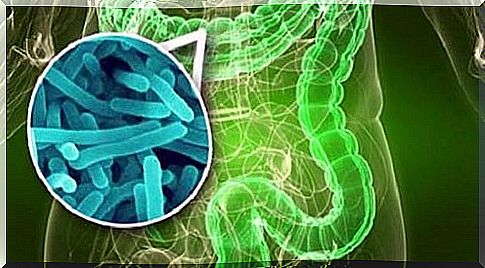
These studies were conducted by various scientists around the world to understand and explain how the microbiome plays a very important role in overall health.
It is estimated that in the intestines there are up to a thousand species of different bacteria, which can weigh between one and three kilos.
In recent years researchers have tried to show that some of these organisms are disease triggers, while others protect the body.
Bacteria in the intestines affect the immune system
Immunologist Veena Taneja, from the Mayo Clinic in Rochester (Minnesota), assures that “It is becoming increasingly clear that these microbes can affect the immune system, even in diseases that are not in the intestine, and that joint pain is related to bacteria in the intestine ”.
Researchers have been surprised by the study findings, as gut bacteria influence the immune system more than many thought.
In the last decades the cases of autoimmune diseases have increased.
Many researchers argue that it is due to the changes that the microbial ecosystem has undergone due to the modern lifestyle.
Prevotella copri bacteria could be responsible for joint pain
Microbes influence the health of the gut, where two-thirds of the body’s immune cells are found.
In the process of digestion, the gastrointestinal tract must fight with a constant stream of foreign microbes that can come from food and that must be monitored for harm and must be destroyed.
To fulfill this function, the intestines have developed an extensive immune system, the effects of which extend to other organs outside the intestine.
Immune cells that live in the intestine have the ability to activate inflammatory cells throughout the body, including those in the joints.
According to this New York University study, the Prevotella copri bacteria can cause an immune reaction that then targets tissues causing joint pain.
Another theory is that it can crowd out beneficial microbes from the gut, which in turn causes a weakening of the immune system.
The latter theory is one of the most supported, since in the study people with high levels of Prevotella copri had reduced their levels of Bacteroides fragilis, which is one of those beneficial bacteria that influence the immune system.
The results of these studies have led to new research to create new strategies, in order to use bacteria as medicine for immune diseases.
In fact, experts from the Athens General Hospital already recommend the consumption of probiotics (good bacteria) to restore the intestinal flora and treat health problems such as acne, insomnia and more.
